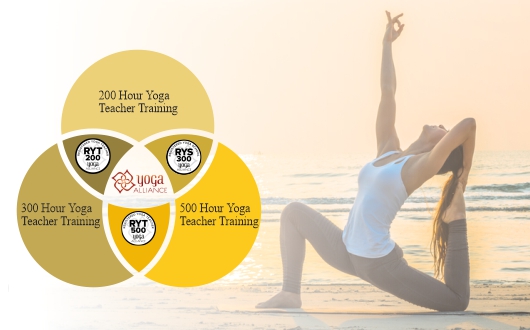Tap Into Your Subconscious With Yogic Sleep
Yoga Nidra is a guided meditation that leads the yoga practitioner to yogic sleep. It can both be simple as well as complex depending on how an individual will seek its benefits. Yoga students can learn the art of Yoga Nidra either from online classes or by attending yoga classes conducted by professional yoga gurus.
Participating in Yoga Nidra is like tapping into your subconscious mind. For a lot of people, the practice of yoga for sleep is similar to four hours of normal sleep. As a matter of fact, each session of yoga for sleep is unique, and every single person will experience it in a different manner.
Yoga Nidra: The Benefits
As mentioned earlier, each person experiences something different and unique in every yoga nidra session. It is never the same. The experience might be different, but the benefits are similar for all. Some of them are listed below. Have a look.
- Reduction of unwanted stress and anxiety
- Management of acute and chronic body pain
- Improved quality and pattern of sleep
- Refined mental clarity and concentration level
- Diminished all symptoms of depression'
- Healed and navigated mental trauma
Also Read:- Best Practices of Yoga For Covid 19 Prevention
How To Practice Yoga Nidra?
Before actually getting ahead with the steps to practice yoga nidra, try finding a room that is comfortable, spacious, and quiet. You need to have enough space to stretch and relax your entire body completely. You might want to keep a blanket around you, just in case you feel cold because of the sudden drop in temperature. Finally, allow yourself to have access to imagination.
Step I - Start by gently closing your eyes and finding your breath and body rhythm. Try to remain still and silent for the entire practice. Start imagining and try convincing yourself mentally that you are relaxed.
Also Read:- Yoga Teacher Training in Rishikesh: Everything you must know
Step II - Slowly start moving your mind and awareness to every single part of your body - your shoulders, your legs, your stomach, your abdomen, your hands, your feet, and much more. Get aware of your body as well as your surroundings.
Step III - Feel and observe your natural breathing rhythm and count your natural breath backward from 20 to 1. Mentally repeat the numerals while going down slowly and silently. Do not try to rush with the process unnecessarily. Avoid making mistakes and go with the flow of your natural breath. Feel free to let your thoughts wander around as much as they want to.
Step IV - Feel your body as heavy and sinking into the surface below. Make use of your imagination to bring heaviness into your body or a minute or two. Then, make your body feel suddenly light in weight. Slowly use your imagination to bring your body into a light state, as if you are floating in the air.
Step V - Look into the space of your mind and try not to think. Watch and observe if anything comes from the depth of your mind. Allow random images to arise without reacting to them.
Step VI - Slowly and silently, bring your body out of stiffness, loosen up your fingers and toes, and eventually release your entire body.
Read More:- Sleep Yoga: The Ultimate Weapon To Sleep Faster




Comments
Post a Comment